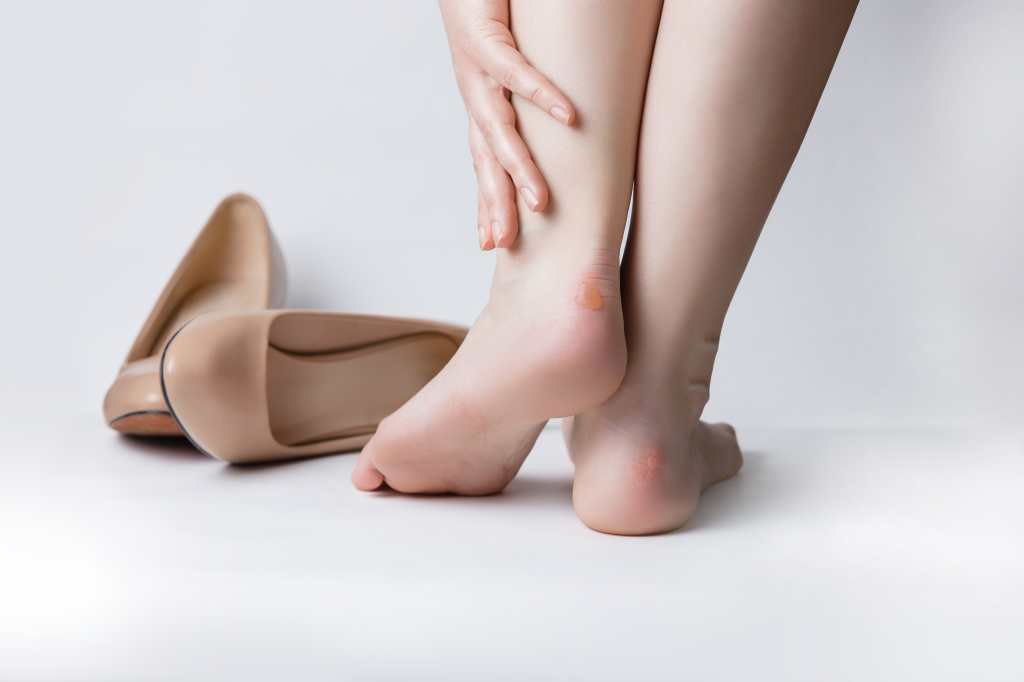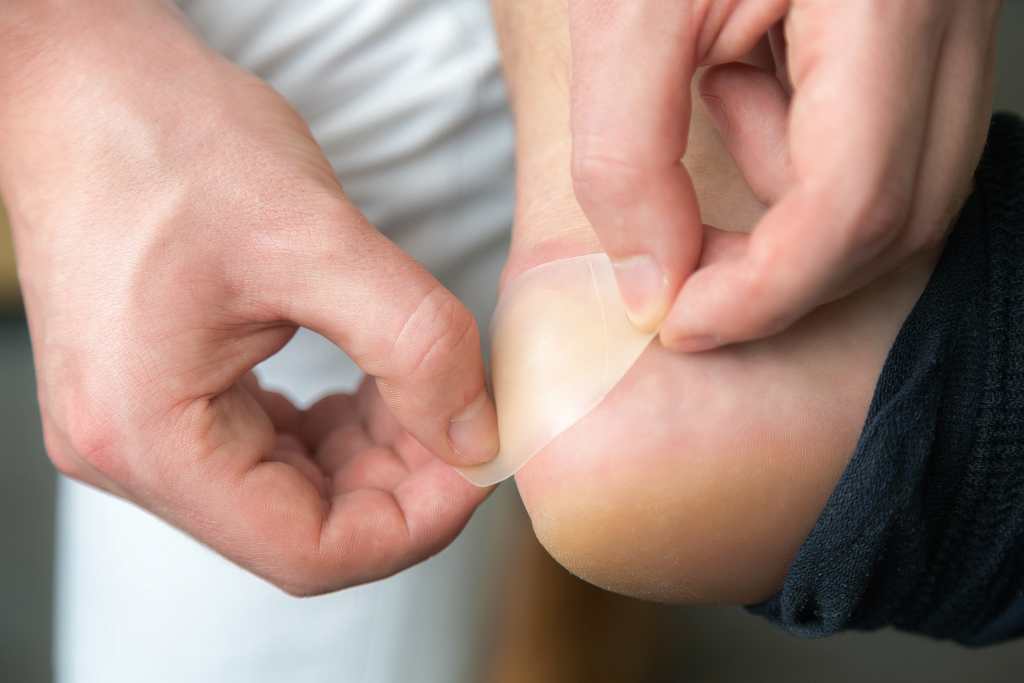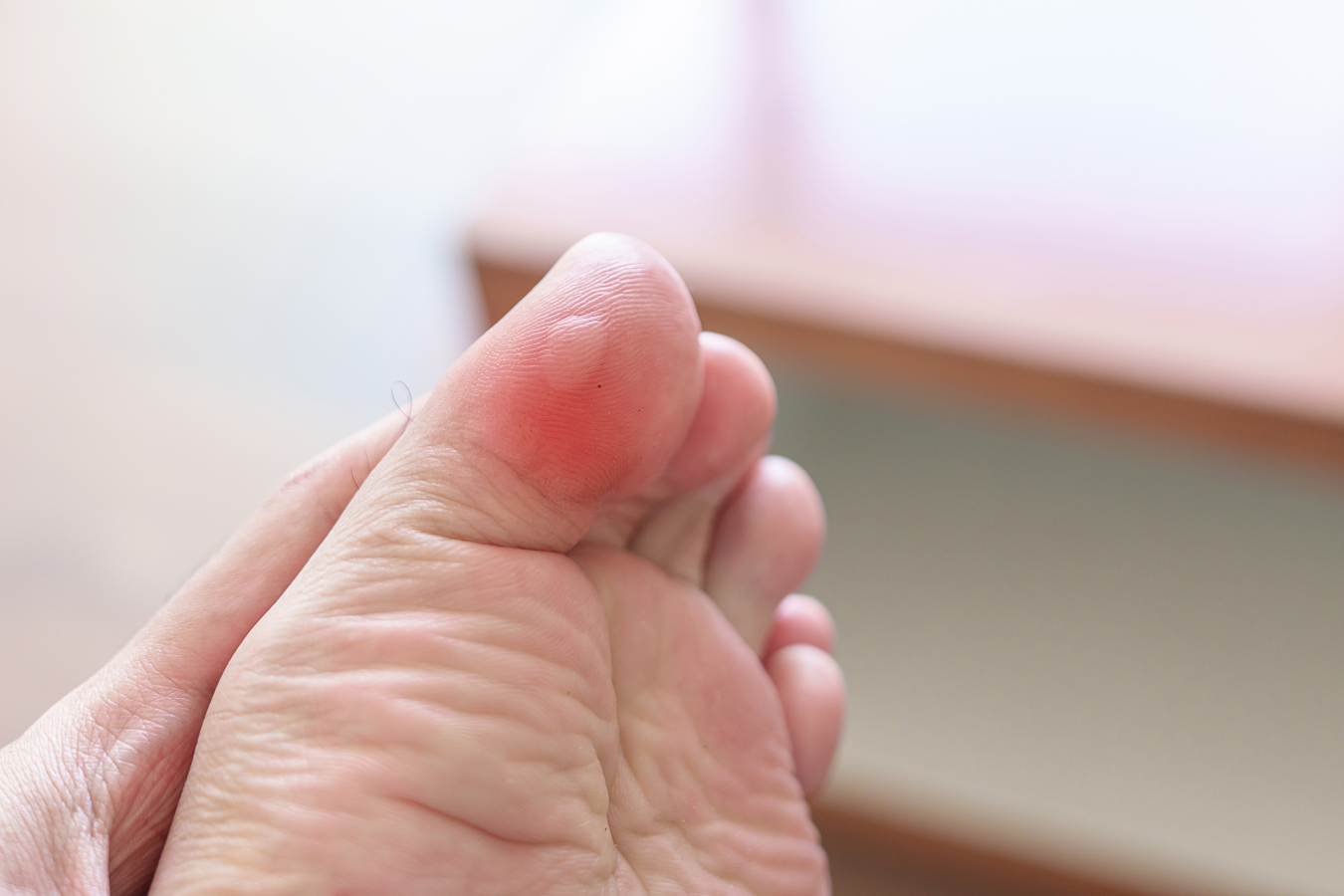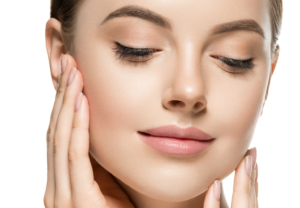Blisters on the feet appear mainly when the skin rubs against tight shoes. It is recommended to drain them when they prevent walking due to pain.
Wearing new shoes is something that many people are excited about, however, this can be overshadowed by the chafing of the shoes that cause blisters on our feet. These wounds also originate when we do physical activities, such as walking, for a long time that we are not used to. Blisters are usually painful, especially when they burst, which is why experts recommend taking care of them and applying cold compresses.
“A blister is the accumulation of watery fluid in an area of the skin that becomes inflamed. They usually form on the hands and feet, because it is a defense mechanism of the skin to protect its inner tissue because this bubble forms in the epidermis,” explains Carlos Gutiérrez, podiatrist.
They form on the feet especially when we wear new shoes that are too tight or too hard, also when we walk for a long time and we are not used to wearing that footwear.
Why do blisters appear?
These wounds are formed by friction, heat or skin diseases. They are common on the hands and feet. They are also known as “vesicula” for small blisters; and “bulla” for large blisters.
However, blisters are also caused by burns , extreme cold to the point of freezing, allergies, infections by viruses that cause chickenpox and shingles, as well as by the virus that causes cold sores, says Alejandra Solís, a dermatologist.
They can also be caused by eczema or dermatitis, athlete’s foot or foot fungus, and heel spurs. In some cases, they are even considered a symptom of skin cancer or appear as a reaction to some treatments for this disease.

How to heal a blister
“The skin gives signs before the blister appears. For example, there is intense heat in the area, the area of skin becomes red and burns if you rub it. Redness and burning are signs that the blister will soon appear,” says Gutiérrez.
Blisters usually heal on their own. It is advisable to avoid further friction or heat on the area. Here are the steps to heal a blister:
- Wash the area with warm water and soap.
- Dry well and apply
- Cover the wound with gauze, but avoid letting it stick to the damaged area.
- If the wound hurts more than normal and is thought to have an infection, it is best to see a podiatrist or dermatologist.

How to drain a blister
Foot blisters cause serious discomfort when walking, so some people tend to drain the fluid inside, so that it doesn’t hurt as much. This can be done, but without removing the skin.
- Wash your hands and clean the blister with warm water and soap.
- Clean the blister using a swab
- Clean a sharp needle with alcohol
- Using the needle, prick the blister in several places near the edges. Allow the fluid to drain, but do not remove the skin covering the blister.
- Apply an ointment, such as Vaseline, and cover with a nonstick gauze bandage.
- Check every day for infection. After several days, remove the dead skin using small tweezers and scissors sterilized with alcohol.
How to prevent blisters
To prevent blisters from friction on your feet, it’s recommended to wear shoes that fit properly. Moisture-wicking socks also work. “Try a variety of socks, shoes and inserts that are specifically designed to reduce blisters,” says the Mayo Clinic.
Additionally, you can put a moleskin adhesive bandage on the inside of your shoes on the parts that might hurt, or foot powder on the inside of your socks.























+ There are no comments
Add yours